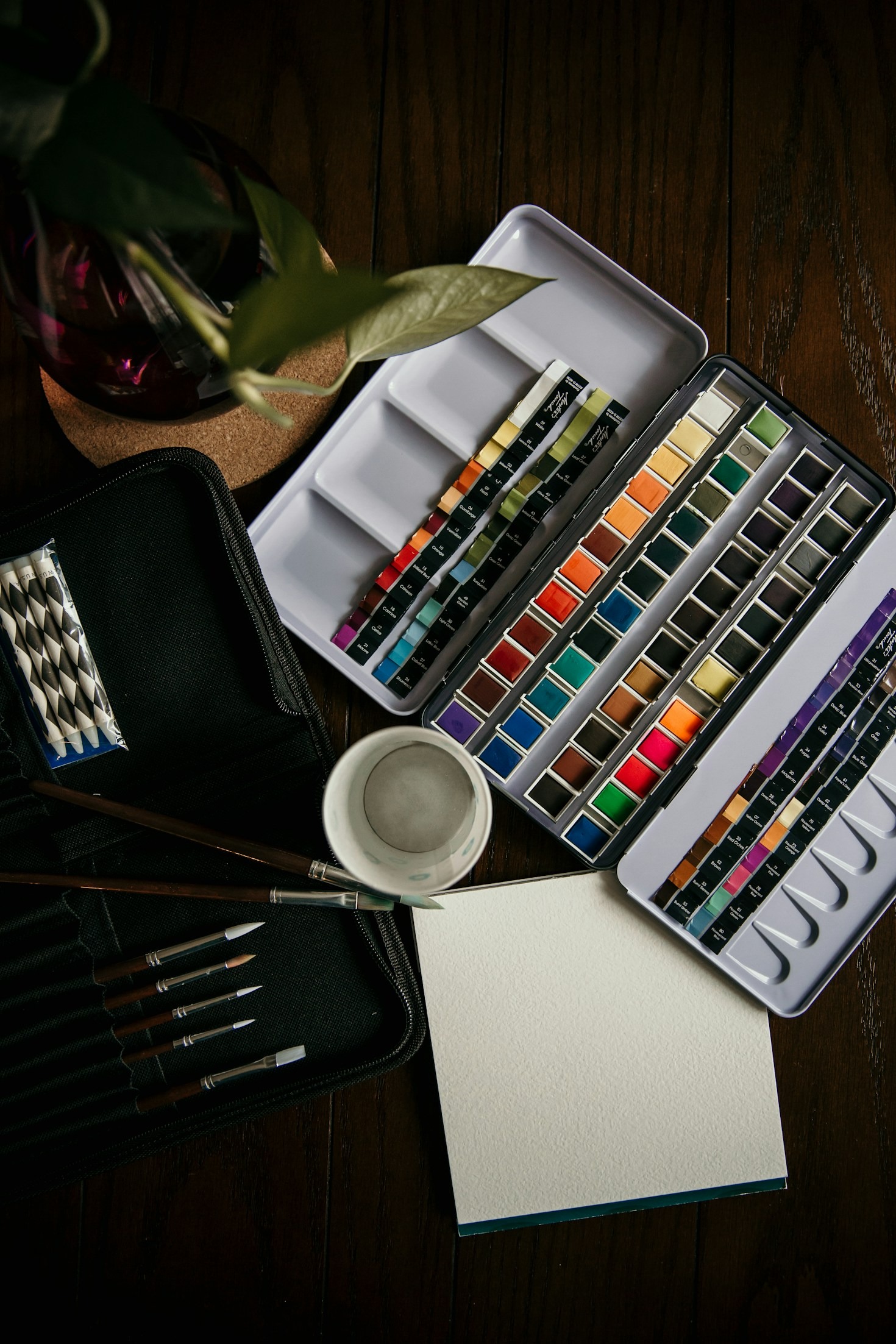In the realm of visual art, still life is a genre that holds a unique place, offering both artists and viewers a chance to explore the beauty and meaning embedded in everyday objects. Unlike other forms of art that capture movement or landscapes, still life focuses on the intimate, often overlooked details of the inanimate world. But what exactly is it about these seemingly mundane compositions that captivate the imagination and breathe life into static forms?
The Essence of Still Life
At its core, still life is about observation and interpretation. Artists arrange objects—flowers, fruits, vases, books, and more—into a composition that invites viewers to see them in a new light. This arrangement is never random; it is a carefully curated selection that reflects the artist’s intention, mood, and message. Through the interplay of light, shadow, color, and texture, still life artists transform ordinary objects into extraordinary visual narratives.
Historical Significance
Still life has a rich history that dates back to ancient times, but it truly flourished during the Renaissance and Baroque periods. Artists like Caravaggio and Rembrandt elevated the genre by infusing their works with symbolic meaning and technical precision. The Dutch Golden Age, in particular, saw a proliferation of still life paintings that depicted themes of abundance, mortality, and the passage of time. These works were often laden with symbolism—every object held deeper meaning, from the ripe fruit symbolizing fertility to the wilting flower representing the fleeting nature of life.
Modern Interpretations
In contemporary art, still life continues to evolve. Modern artists experiment with new materials, techniques, and concepts, often challenging traditional boundaries. Photographers, too, have embraced still life, using the medium to explore themes of consumerism, identity, and the environment. The genre remains a versatile platform for artistic expression, reflecting the changing dynamics of society and culture.
The Creative Process
Creating a still life involves more than simply arranging objects on a table. It requires a deep understanding of composition, perspective, and the interplay of elements. Artists must consider how different objects relate to each other and how the viewer’s eye will travel across the canvas. Lighting plays a crucial role, as it can dramatically alter the mood and focus of a piece. The choice of color palette, texture, and even the negative space around the objects all contribute to the final work.
The Viewer’s Experience
For viewers, engaging with a still life painting or photograph is an invitation to slow down and appreciate the beauty in the mundane. It encourages a contemplative approach, allowing one to ponder the stories and emotions encapsulated in the arrangement. Each viewer may interpret the work differently, finding personal connections and meanings in the depicted objects.
Conclusion
The art of still life is a celebration of the ordinary, a testament to the power of observation and creativity. It challenges us to look beyond the surface and find beauty in the overlooked details of our daily lives. Whether through traditional painting or modern photography, still life continues to captivate and inspire, reminding us that even the simplest objects can hold profound significance. As we explore these artistic compositions, we learn to appreciate the art of seeing—a skill that enriches our perception of the world around us.

